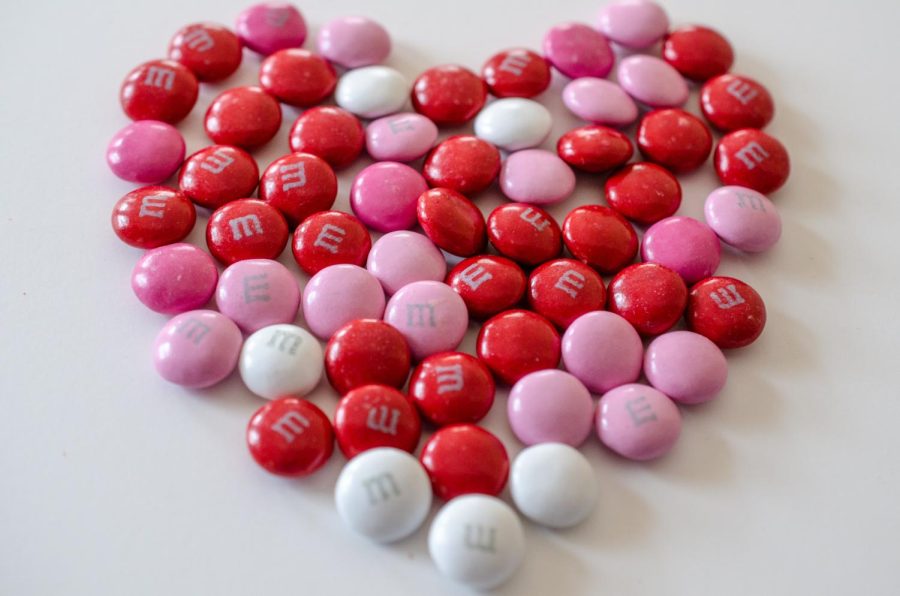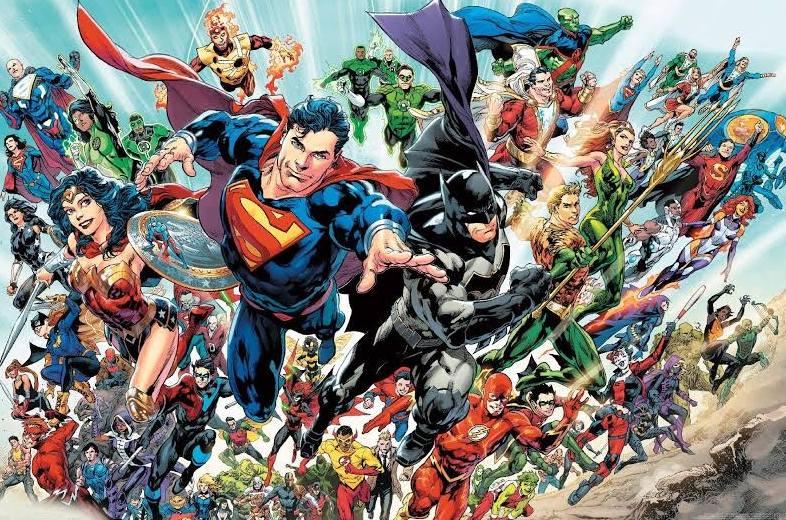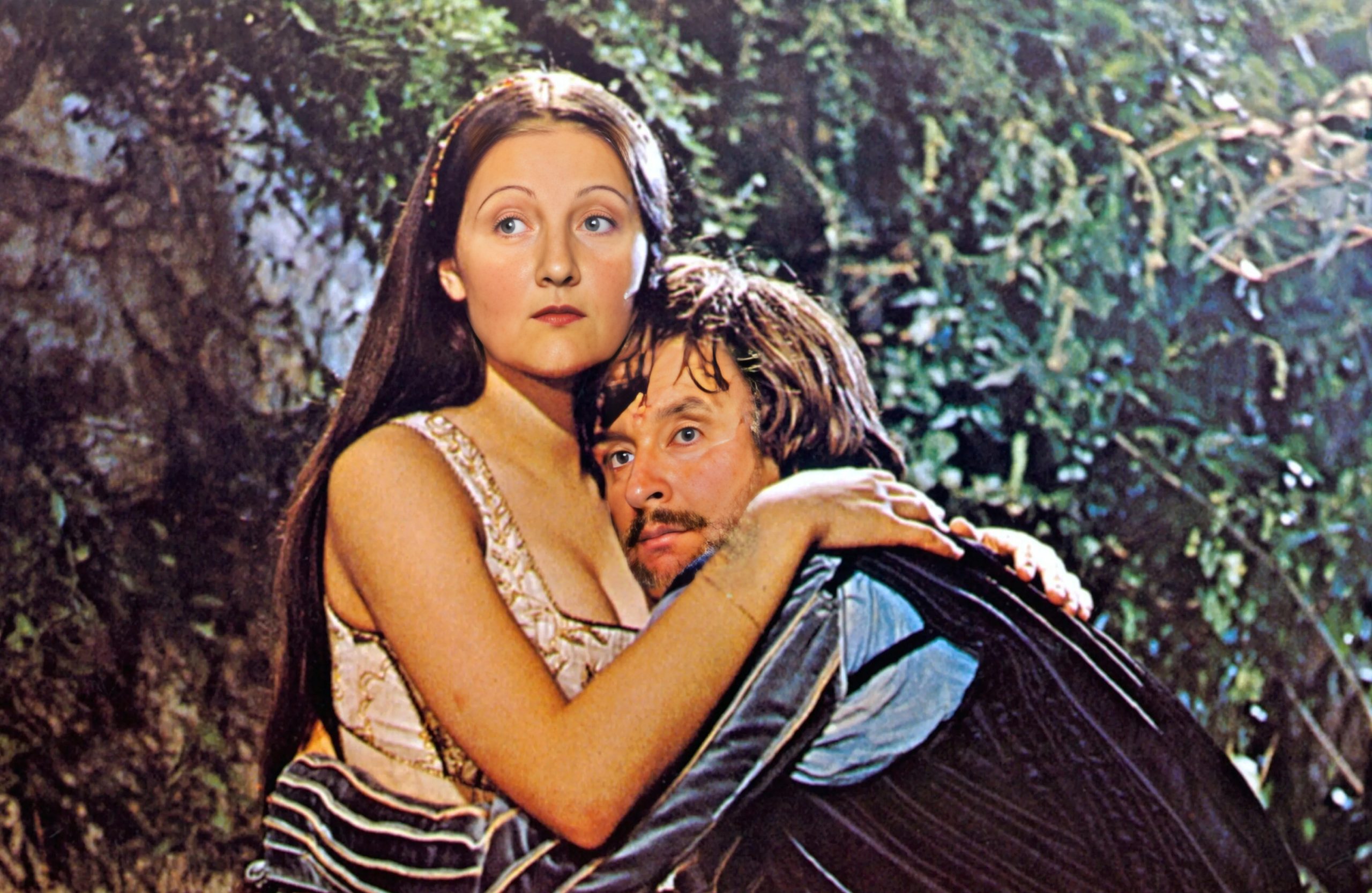The History of Valentine’s Day
How did this holiday of all things red and pink come to be?
Valentine’s Day is big business for most candy makers and greeting card companies.
February 14, 2023
St. Valentine’s Day is one of the most popular and commercially celebrated holidays in the U.S., with lovers and friends gifting each other “valentines.” Although, Valentine’s Day didn’t begin as a day for couples to express their love.
In every legend and myth, the mysterious St. Valentine is portrayed as a heroic and courageous figure who was martyred. In one story, St. Valentine was a priest beheaded by the Roman emperor Claudius II in about 270 A.D. for performing marriages for couples in secret after marriage was outlawed, seeing that soldiers without families or wives made the best soldiers for the army. In another story, the holiday’s namesake is told to have aided Christians escaping torturous Roman prisons.
In perhaps the most romantic version of the story’s variations, Valentine was imprisoned and sent the very first valentine in history to a girl, possibly his jailor’s daughter, he was in love with and who came by to see him often at his cell. It is said that he wrote her a series of letters, and the last one before his execution was signed “From your Valentine,” which may explain the popular use of the phrase today.
At first, St. Valentine’s Day was not a widely celebrated holiday, only being officially declared on February 14 at the end of the fifth century by Pope Gelasius I, the bishop of Rome from 492 to 496. However, the holiday is heavily rooted in the pagan celebration of Lupercalia, which was outlawed as it was seen as an un-Christian holiday at the same time that Pope Gelasius I declared February 14 St. Valentine’s Day. This is also why some believe that St. Valentine’s Day’s purpose as an official holiday was to Christianize the pagan holiday.
The very first record of St. Valentine’s Day is celebrated by the famous poet Geoffrey Chaucer in his 700-line poem titled, “Parlement of Foules” in about 1375. The poem contains the lines, “For this was on St. Valentine’s Day / When every bird cometh there to choose his mate,” as the first mention of the holiday. Chaucer later mentions Cupid, the Roman god of love and affection, saying, “Under a tree, beside a well, I saw / Cupid our lord his arrows forge and file/ And at his feet his bow already lay.”
The oldest valentine known today was a poem written by a twenty one year old Charles d’Orléans during his imprisonment in the Tower of London after his capture at the Battle of Agincourt. The poem begins, “Je suis desja d’amour tanné / Ma tresdoulce Valentinee,” which translates to “I’m already wearied by love, my very sweet Valentine. The valentine is now contained in the British Library’s manuscript collection in London.
St. Valentine’s Day started to be popularly celebrated in Great Britain in the seventeenth century, while Americans began exchanging hand-made valentines in the early 1700s. By the middle of the eighteenth century it was common for not only lovers, but also friends of all social classes to exchange small gifts and notes.
In the 1840s, Esther A. Howland became known as the “Mother of Valentine,” selling the first mass-produced valentines. In the late 1800s, printed Valentine’s Day cards became the new thing, replacing handwritten cards. In 1916, Hallmark began producing their first Valentine’s Day cards. According to Hallmark, a massive 145 million Valentine’s Day cards are exchanged every year, making Valentine’s Day the second top card-selling holiday after Christmas.
Whether or not the legend of St. Valentine is true, his story powered one of the most popular and celebrated holidays of all time, making a mark in history. It’s important to not forget the origins and historical beginnings of our favorite holidays.













Syed Afzal Ahmad • Feb 14, 2023 at 11:32 am
Well written Faatima covering all the myths and mysteries surrounding the Valentine Day . Superb.